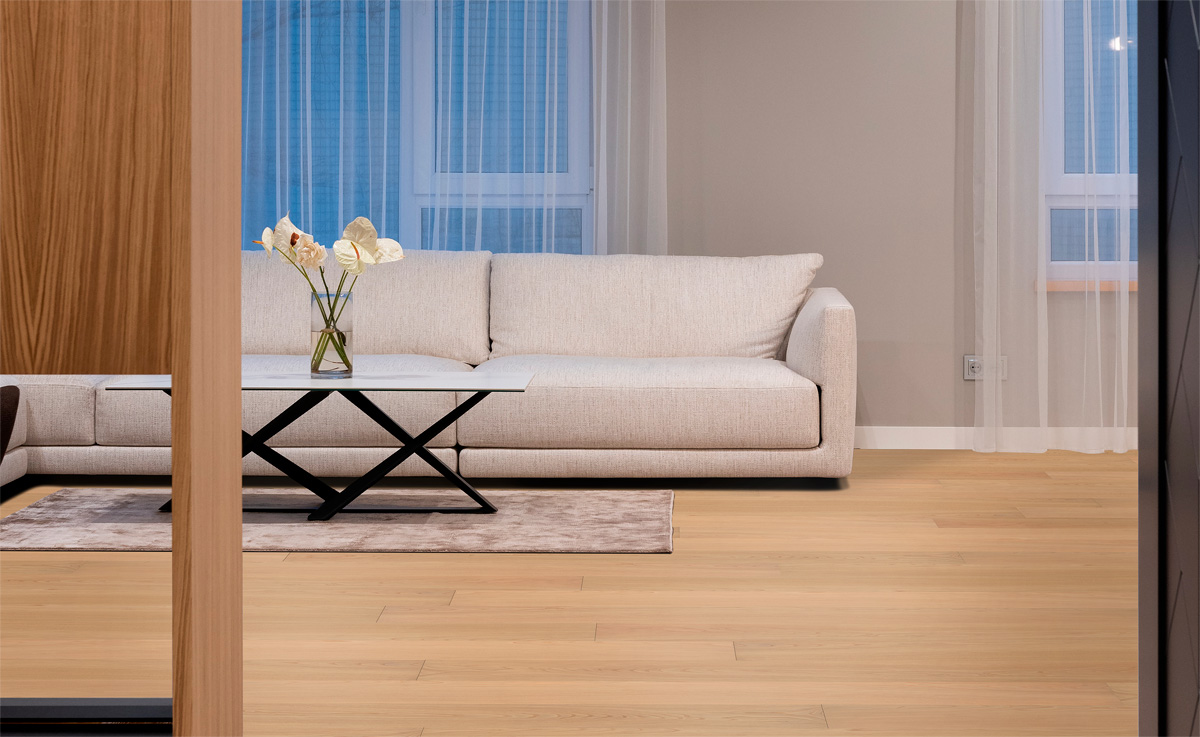
Everything you need to know about chestnut flooring
If you are also a wood lover, today we are going to give you all the keys to know a little more in depth the chestnut wood.
When choosing a pavement either for our home or for our workspace, the first thing we look for is functionality, but we must bear in mind that each element we choose should serve to help turn these spaces into comfortable and cozy places. Therefore, the best decision you can make is to choose a natural wood floor!
For its ability to fill with warmth both the most rustic homes and the most avant-garde spaces, chestnut wood is one of the most valued within the construction materials. In addition, placing a natural chestnut wood floor in your home will be a decision that you will greatly appreciate when you want to walk barefoot through your home in the middle of winter.
Wherever it is best known, chestnut wood is a highly appreciated material. It is a wood of very common use both for interiors and exteriors in Galicia, Asturias, Salamanca, or the north of Portugal and France. Chestnut wood comes from trees that take decades to reach the optimum degree of maturity at which they will be cut, so that their history continues to run along with yours.
Characteristics of natural chestnut wood floors
The chestnut tree is a sturdy and thick tree, capable of reaching a height of 35 meters. Although in this case the ideal time for harvesting is around 50 years of age, when the tree reaches approximately 50 cm in diameter, there are known specimens that are more than 1000 years old.
In chestnut wood, the sapwood (interior zone) is very different from the heartwood (exterior), with the former having a thickness of about 2-4 rings and a yellowish white color that turns into a golden hue as it ages, while the heartwood, which occupies the rest of the trunk, has a toasted brown color. The growth rings of this wood are well differentiated, which gives the tangential cut an attractive grain.
It is composed of straight fibers with slight undulations and medium to coarse grains. The density of its wood is medium, having a weight and thickness between 560-600 kg/m3. Finally, it has a moisture content of 12%. It is a wood with low nervousness and high dimensional stability, which performs well under humidity and temperature changes.
Advantages of natural chestnut wood flooring
We are sure that, if you already thought that natural chestnut wood was for you, this series of advantages will help you to decide definitively for this type of flooring. Proof of all of them is the large number of traditional constructions in operation, built in chestnut wood, that can be found today throughout the European continent:
A quality wood: chestnut wood is considered a high quality wood, it is resistant, flexible and its aspect bears well the passing of the years.
Durable: with proper maintenance you will see that, by choosing our natural chestnut wood, you will be ensuring a long time of usability in very good conditions.
Rich in tannins: its chemical composition, rich in tannins, together with its low permeability give it a high natural durability. It is highly resistant to rotting and insect attack.
Ideal for exteriors: its hardness index together with its low permeability make chestnut wood a very suitable material for exterior use without the need for high preservation treatments.
Natural insulation: with a thermal conductivity index of 13 kcal/MoL, chestnut wood has excellent thermal and acoustic insulation properties.
Design: the characteristic grain of its cut is highly appreciated for decoration both for its color and its pattern, adapting to a wide number of styles.
Multiple possibilities: this is due to the fact that chestnut wood is a relatively easy material to work with, with which it is possible to achieve careful polishing and which allows the application of dyes and varnishes, thus achieving a wide variety of finishes and colors that would be difficult to obtain in other types of wood.